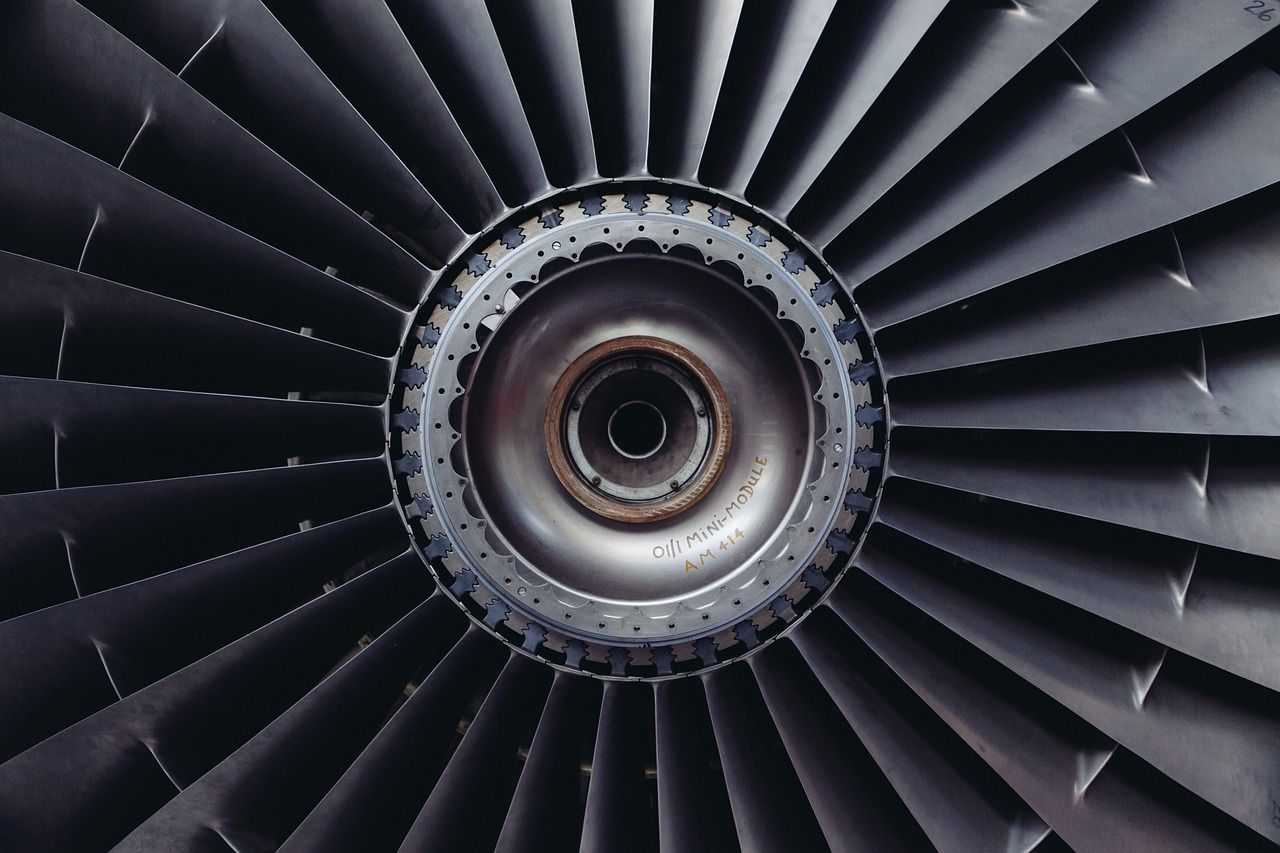Follow us on Google News (click on ☆)
But this approach has a well-known limitation: the metal parts traditionally used in engines poorly withstand these extreme conditions. Beyond a certain threshold, they lose their mechanical strength and require internal cooling systems. These circuits, complex and heavy, add weight to the aircraft and reduce the overall efficiency of the engine.

Pixabay illustration image
Ceramic matrix composites, or CMCs, appear as a promising solution. These materials stand out for their ability to remain solid and stable even at very high temperatures, while being lighter than metal alloys.
A CMC can be compared to sophisticated concrete: fibers provide robustness, while a ceramic matrix surrounds them and maintains the cohesion of the whole. In the case studied by researchers from CNRS, the University of Bordeaux, CEA and Safran, this matrix is composed of silicon carbide (SiC), a material that is both hard, light and chemically stable.
However, even these high-performance ceramics must face a formidable enemy: hot corrosion. In an engine, the hot gases contain oxygen, water vapor and other compounds that interact with the matrix and can, over time, degrade its properties. To counter this phenomenon, researchers introduced boron into the silicon, forming a Si-B alloy. This idea is not entirely new, as the protective effect of boron had already been observed in industry, but it had never been precisely explained.
By reproducing the industrial process at laboratory scale, scientists were able to finely observe the action of boron using advanced analysis tools capable of probing matter down to the atomic scale.
Their work shows that boron acts on several fronts. It first stabilizes the structure of silicon carbide, particularly its defects, which are often weak points where corrosion can initiate. Then, it forms tiny groupings with carbon, called co-clusters, which limit the diffusion of carbon through the material and thus slow down internal wear. Finally, researchers discovered that boron atoms concentrate at the interfaces between SiC and the Si-B alloy. Over just a few nanometers, this protective layer slows carbon dissolution and strengthens the barrier against corrosion.
Thanks to this triple role, boron provides lasting protection to composites. Concretely, this means that parts made with these new CMCs can operate longer and at higher temperatures than current versions. For aeronautics, this is a major advancement: engines become more efficient, aircraft consume less fuel and emit fewer greenhouse gases. Behind a laboratory innovation thus lies a direct challenge for tomorrow's air transport.